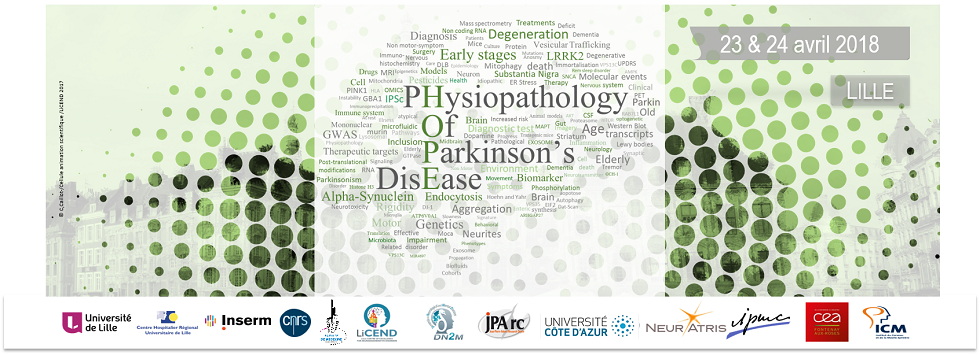Helia Aboutalebi (1)*, Karsten Tillack (1)*, Eva Dürholt (2), Barbara Finckh (3), Simone Feldengut (4), Kelly Del Tredici (4), Konstanze F. Winklhofer (2), Edgar R. Kramer (1,5)
(1) Development and Maintenance of the Nervous System, Center for Molecular Neurobiology, University Medical Center Hamburg-Eppendorf, Falkenried 94, 20251 Hamburg, Germany
(2) Department of Molecular Cell Biology, Institute of Biochemistry and Pathobiochemistry, Ruhr-University Bochum, Building MA 2/143, Universitätsstraße 150, 44801 Bochum, Germany
(3) Neonatal Screening/Metabolic Laboratory, Diagnostic Center, University Medical Center Hamburg-Eppendorf, Martinistrasse 85, 20251 Hamburg, Germany
(4) Clinical Neuroanatomy Section, Department of Neurology, Center for Biomedical Research, University of Ulm, Helmholtzstrasse 8/1, 89081 Ulm, Germany
(5) Institute of Translational and Stratified Medicine, Plymouth University Peninsula School of Medicine and Dentistry, Plymouth University, Devon PL6 8BU, UK
* these authors contributed equally to this work
Despite the positive effect of glial cell line–derived neurotrophic factor (GDNF) and its receptor Ret in different Parkinson disease (PD) animal models on maintenance, protection and regeneration of dopaminergic (DA) neurons, clinical trials on PD patients with Ret ligands are still inconclusive. This discrepancy emphasizes the need to analysis in vivo Ret/GDNF signaling in more detail under physiological and pathophysiological conditions in improved PD models.
Here we show the requirement of postnatal Ret signaling in mice especially for the maintenance of substantia nigra DA neurons preferentially dying in PD patients. We developed an inducible α-synuclein transgenic PD mouse model with progressive DA neuron degeneration and additional PD hallmarks and found unaltered Nurr1 and Ret protein levels. This challenges the physiological relevance of α-synuclein mediated Nurr1 and Ret down-regulation reported for viral overexpression of α-synuclein in rodents. Ret protein is also detected in human PD brains at all Braak stages. Additional deletion of the Ret receptor in these α-synuclein PD mice resulted in a more severe DA neuron degeneration and increased autophagy problems proving the occurrence and benefit of Ret signaling under this PD-like conditions. Ret signaling also counteracts α-synucleins negative effect on mitochondrial integrity.
These data prove the in vivo neuroprotective function of Ret signaling even in α-synuclein accumulating DA neurons and they underpin the importance to continue with the ongoing clinical PD trials using Ret activators.

 PDF version
PDF version
